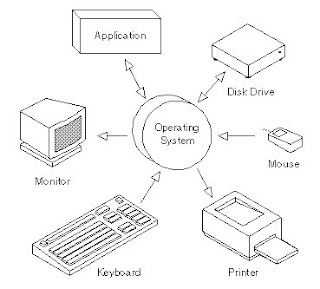virtual memory
The purpose of virtual memory is to enlarge the address space, the set of addresses a program can utilize. For example, virtual memory might contain twice as many addresses as main memory. A program using all of virtual memory, therefore, would not be able to fit in main memory all at once. Nevertheless, the computer could execute such a program by copying into main memory those portions of the program needed at any given point during execution.
1.UNIX and Windows virtual memory
Our Virtual Servers uses Unix BSDI operating systems for the majority of its servers because of the superior performance, flexibility and cost efficiency that Unix BSDI offers. The following is a comparison of the BSDI system to the Windows NT system.
Performance
With Unix and Windows NT running on standard PC's, Unix ran 27% faster than Windows NT when reading static HTML content, and with API generated content, Unix is between 47% and 197% faster. For CGI contents, Unix is 77% faster than Windows NT.
Internet Services
Unix has included things such as SMTP (Email), NNTP (News), Telnet, and DNS. All of these protocols and services were somehow forgotten by Windows NT. They can be covered up with third party products and Microsoft's own programs. However, none of these programs and products can compare to Unix in terms of flexibility and power.vv
Price Comparison
With the Unix server's cost at approximately one fourth that of the Windows NT, it allows us to provide you with a more cost effective and powerful way to be on the Internet.

